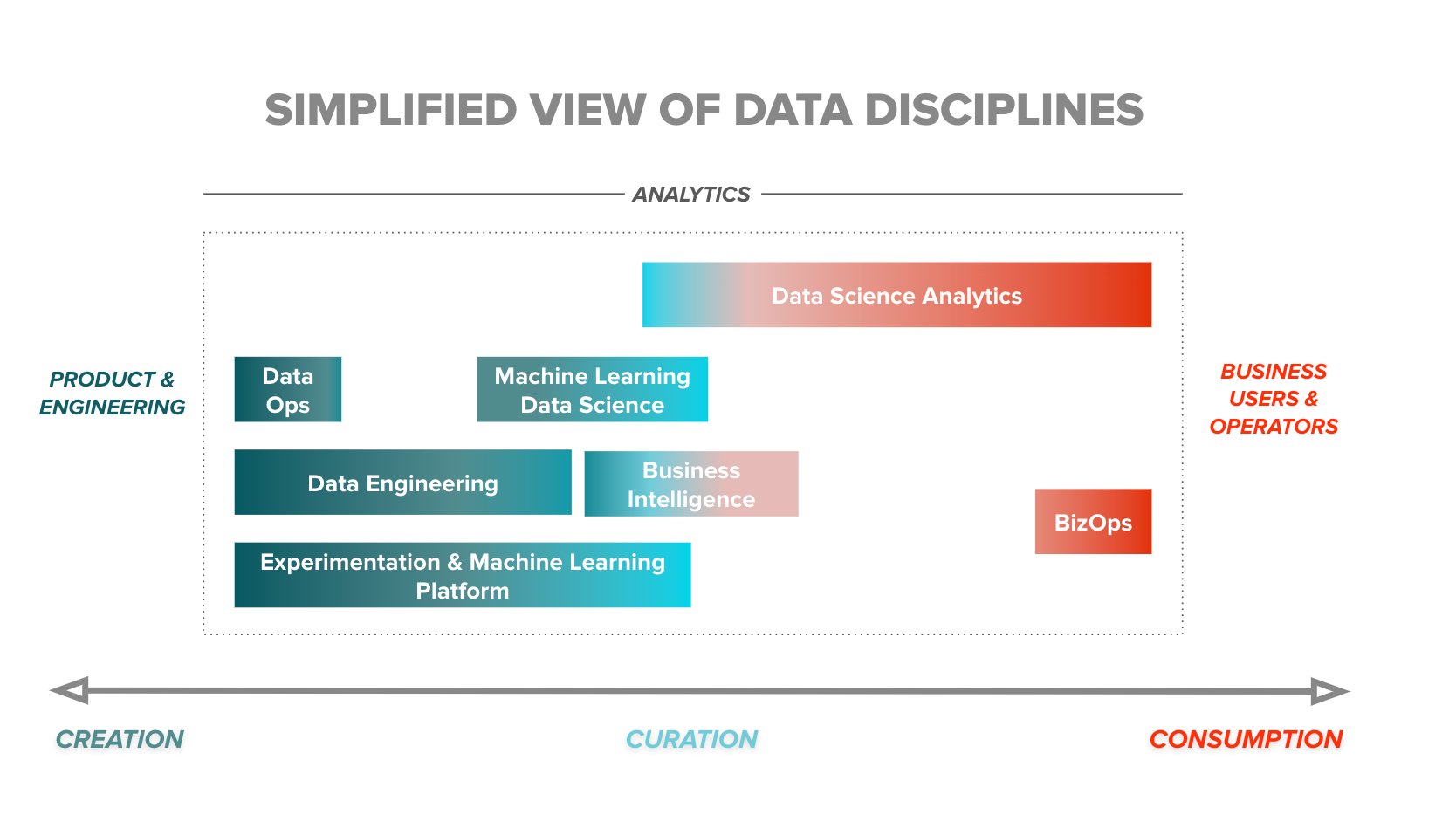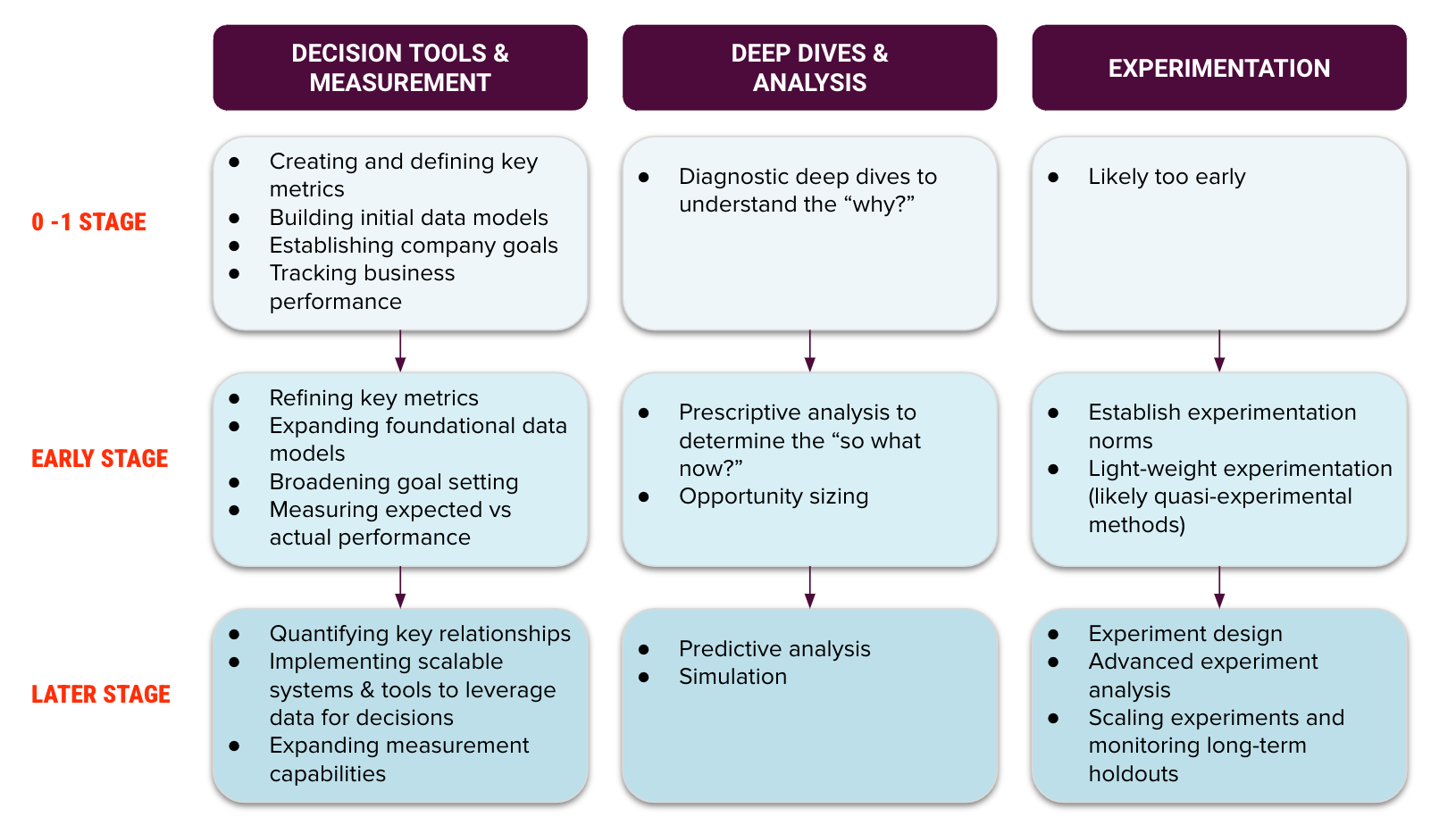
Metadata
- Author: First Round Review
- Full Title:: Starting an Analytics Org From Scratch — Lessons From a Decade at DoorDash
- Category:: 🗞️Articles
- URL:: https://news.dataelixir.com/t/t-l-ekudje-yuuitdetk-h/
- Finished date:: 2024-07-17
Highlights
In the early days of DoorDash, we didn’t need a data science team because we didn’t have a lot of data. Most of our analysis used quasi-experimental methods, which relied on comparing like-markets to measure meaningful changes in key metrics (like difference-in-difference, for example). Over time, the problems got more complex and answers required higher precision. (View Highlight)
For example, in the early days of DoorDash, we wanted to understand how consumers were using the DoorDash app. So we mapped out every step of our ordering process — from when a user opens the app to when a user receives an order —and identified which elements we were tracking and where we had gaps. We found a lot: missing logs of consumer actions (e.g., a page view), inconsistencies in logging across platforms (e.g., iOS data formats and column names were different from Android), and missing “metadata” (e.g., descriptive information about a page view was absent). This logging set the foundation for many consumer-app product improvements over the years. (View Highlight)
Because the role of analytics in the early stages is so broad, I recommend starting with generalists for the earliest hires. (View Highlight)
Basic knowledge of statistics concepts to avoid common analysis pitfalls, like correlation vs. causation, multicollinearity, and skew. (View Highlight)
As your analytics organization matures, you may find that you need to expand your hiring to include more specialists, either to fill skill gaps or to solve specific problems. (View Highlight)
Every six to 12 months, review your current structure, including organizational design, reporting structure, and how the teams work together (your operating model). Make sure that it’s meeting your current needs and will continue to work for the foreseeable future. (View Highlight)
 (
( (
(